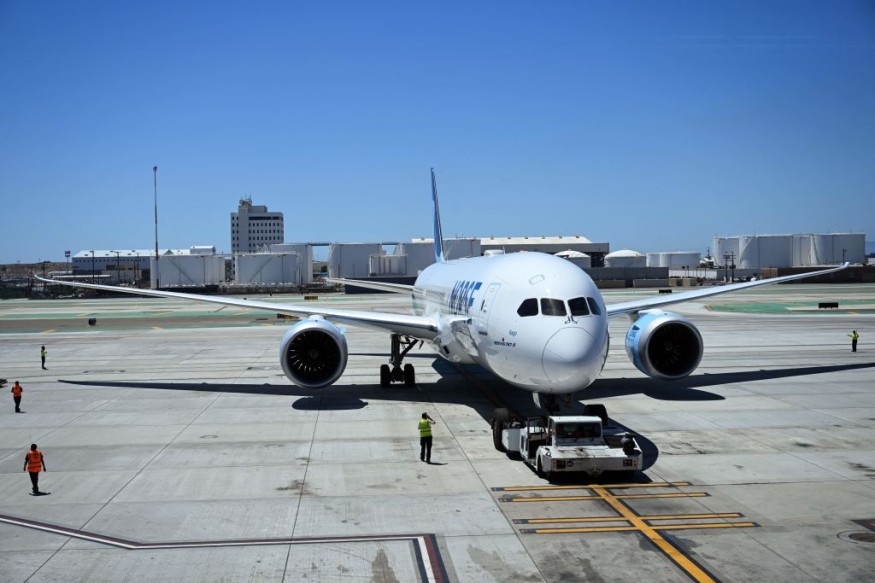A recent report showed that the first Boeing 787 Dreamliner landed in an unusual place. Norse Atlantic Airways made the landing in ice-covered in Antarctica with experts and scientists onboard.
Landing a place in Antarctica for a Boeing doesn't usually happen. The region is known for extreme cold and icy conditions. It is not easy to land due to the slippery runway and foggy conditions.
A historic moment for Norse✈️The first ever @BoeingAirplanes B787 Dreamliner to land in Antarctica! We are incredibly honoured to be a part of this piece of history, marking a very special milestone for Norse. We would like to express our sincere gratitude to the Norwegian Polar… pic.twitter.com/i2V1ZQZFAe
— Norse Atlantic Airways (@flynorse) November 16, 2023
Antarctica is known for its travel difficulty. However, a recent report showed that Norse Atlantic Airways managed to land a Boeing 787 Dreamliner on the blue ice runway.
First Boeing 787 Dreamliner in Antarctica

From the video, the runway was covered by some snow, which is 3,000 meters long and 60 meters wide. The big plane can carry about 330 passengers.
At 2:00 a.m., the Boeing 787 Dreamliner flew to the Troll Airfield with 45 passengers and experts from the Norwegian Polar Institute. It provided the pilots with a better opportunity to land the airplane despite slippery road conditions.
According to Norse Atlantic Airways, the landing is considered a historic moment for the airline after making the monumental flight to Antarctica. People were also amazed after finding out about the recent landing achievement.
Norwegian Polar Institute brought together with them 12 tons of equipment that will be used for researching the region. The exploration and flight landing will be helpful for improved logistics in Antarctica, according to reports.
Antarctica: More Facts About Extreme Cold
Antarctica is home to different cold-adapted species: penguins, seals, seabirds and whales. The said animals are also sensitive to temperature change, causing devastating effects on their species.
Researchers have been monitoring the effects of climate change and global warming on ice sheets in Antarctica. The increasing greenhouse gas emissions have been problematic and affect many species in Antarctica
In addition, recent reports raised concerns about the melting of ice sheets due to the warming trend. The hotter temperatures can threaten low-lying areas and countries due to rising waters exacerbated by melting.
When ice loss speeds up, it can become difficult for communities and cities to prepare and adapt. As a result, mitigating the climate change effects is crucial for Antarctica and the cold-adapted animals.
The increasing sea level rise can impact coastal areas. In addition, marine heatwaves can become challenging for marine animals, especially for snow crabs.
Did You Know?
According to recent reports, the spike in global temperatures can affect seabirds which have to travel to distant areas to look for food and habitats.
Related Article : Half of Breeding Seabirds in Ireland, UK Declined Over Past 20 Years Due to Climate Change, Habitat Loss
For more similar stories, don't forget to follow Nature World News.
© 2025 NatureWorldNews.com All rights reserved. Do not reproduce without permission.





